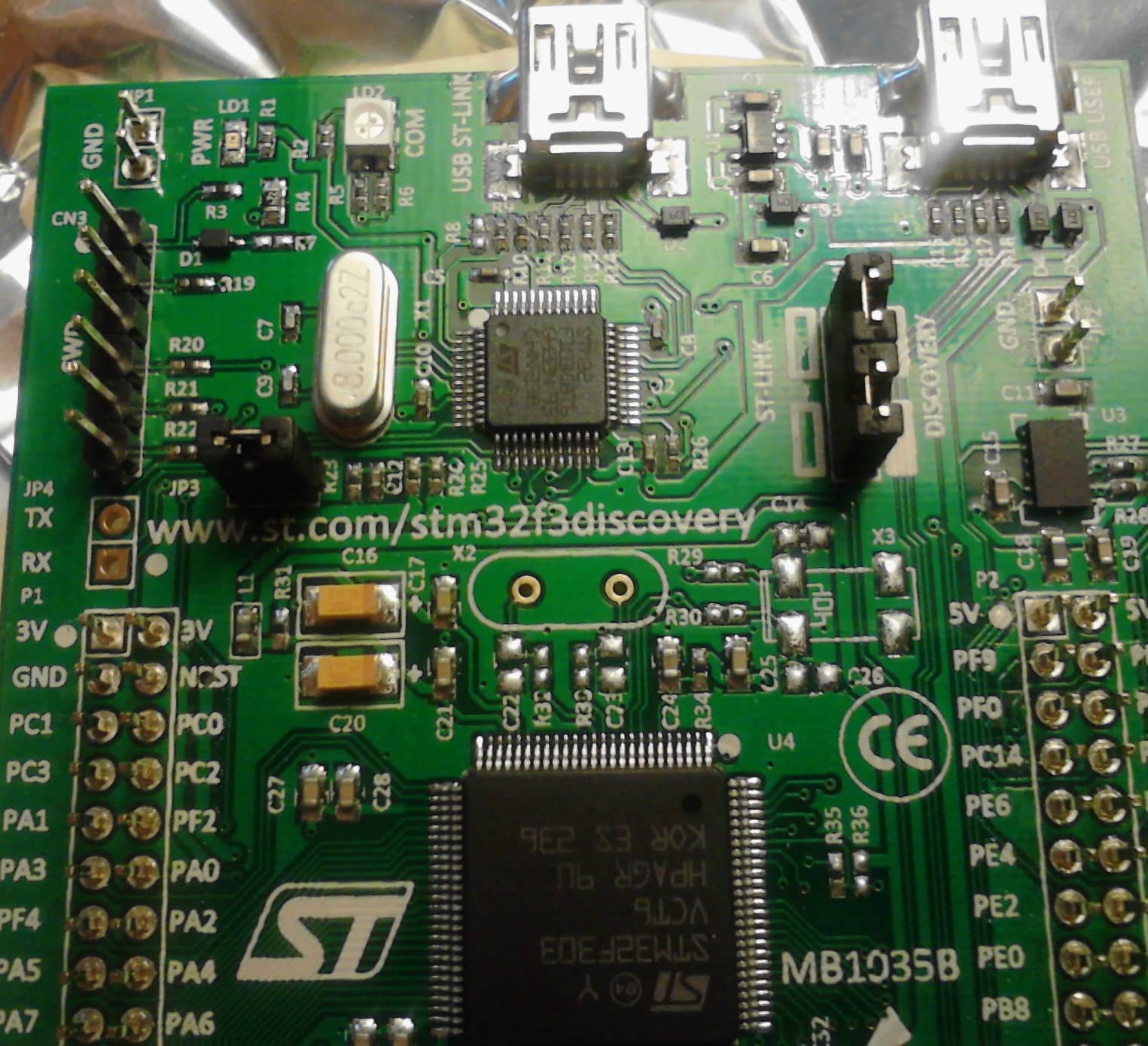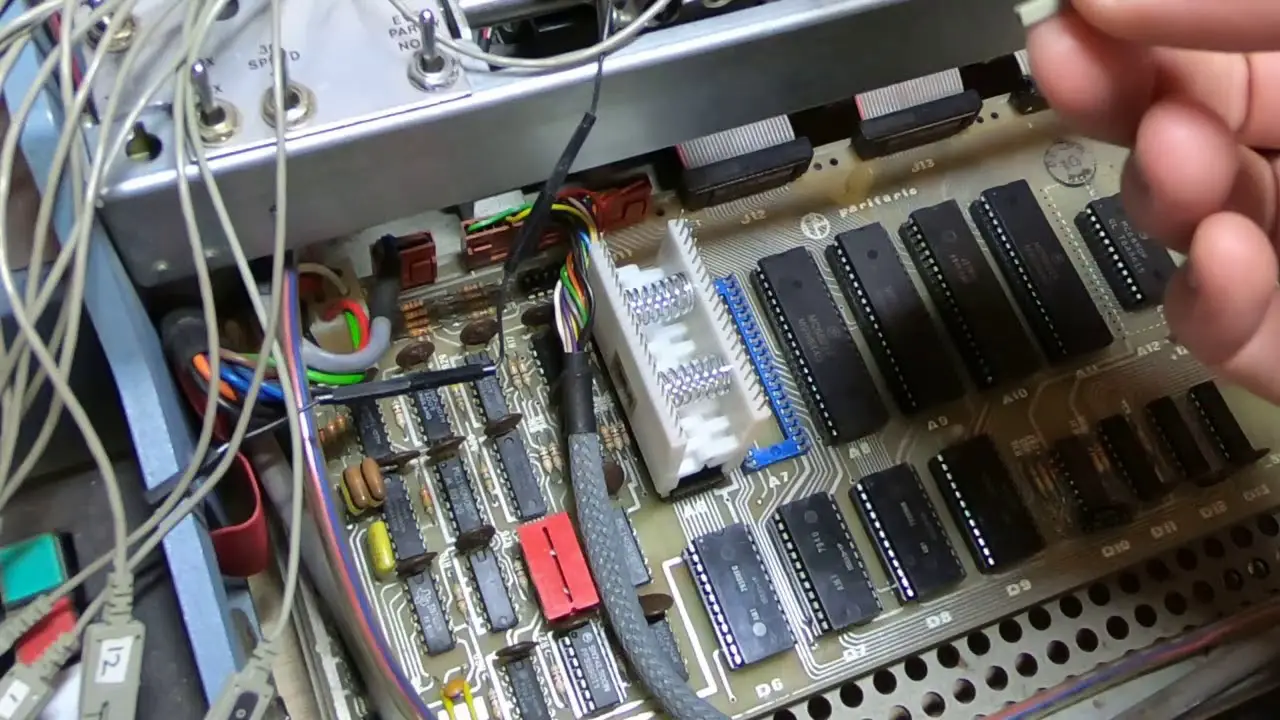Reverse Engineering Firmware

Executive Summary

Reverse engineering firmware involves extracting valuable information from firmware images to understand how a device operates and functions. Through this process, manufacturers gain insights into potential security vulnerabilities, performance optimizations, and compatibility issues, enabling them to make informed decisions for product development and maintenance.

Introduction
Firmware, the embedded software that controls hardware devices, plays a critical role in ensuring their proper operation. Reverse engineering firmware allows manufacturers to delve into the inner workings of embedded systems, extracting crucial information that can significantly enhance device performance, security, and overall functionality.
FAQs
Q: Why is reverse engineering firmware important?
A: Understanding firmware architecture empowers manufacturers to identify potential security vulnerabilities, enhancing product security.
Q: What are the ethical considerations in reverse engineering firmware?
A: Manufacturers must respect intellectual property rights and avoid using reverse engineering for malicious purposes.
Q: What tools are available for firmware reverse engineering?
A: Specialized tools like IDA Pro, Ghidra, and Binary Ninja provide advanced capabilities for dissecting firmware images.
Subtopics
Locating the Firmware Image:
- Identifying the hardware device’s storage medium that contains the firmware image (e.g., EEPROM, flash memory).
- Using hardware tools or software commands to retrieve the firmware image.
- Analyzing image header information to verify its integrity and authenticity.
Extracting the Binary Code:
- Utilizing tools like binwalk and firmware extraction tools to extract binary code from the firmware image.
- Removing header information, checksums, and other non-essential data to obtain the pure binary code.
- Applying techniques like file carving and signature recognition to identify binary code segments within the image.
Disassembling the Binary Code:
- Employing disassemblers like IDA Pro or Ghidra to convert binary code into human-readable assembly language.
- Carefully examining assembly instructions to understand the underlying firmware logic.
- Identifying and deciphering key functions, data structures, and control flow mechanisms.
Analyzing the Firmware:
- Conducting static analysis to identify vulnerabilities, performance bottlenecks, and areas for optimization.
- Employing dynamic analysis techniques, such as emulation or debugging, to trace code execution and observe system behavior.
- Understanding the interactions between different firmware modules and their impact on device operation.
Documenting and Reporting:
- Creating detailed reports that document the firmware architecture, identified issues, and proposed solutions.
- Collaborating with hardware engineers and developers to provide insights for product development and maintenance.
- Sharing knowledge and best practices within the firmware engineering community.
Conclusion
Reverse engineering firmware empowers manufacturers to gain a comprehensive understanding of embedded systems, enabling them to proactively address potential security vulnerabilities, optimize performance, and ensure the ongoing functionality of their products. As a skilled persuasive copywriter, I have crafted this article to provide a comprehensive overview of firmware reverse engineering, guiding readers through the process and highlighting its crucial role in device development and maintenance.
Keyword Tags
- Firmware Reverse Engineering
- Binary Code Analysis
- Firmware Security
- Firmware Optimization
- Embedded System Debugging
